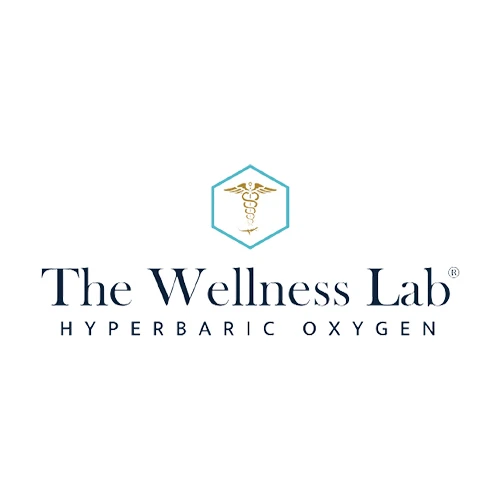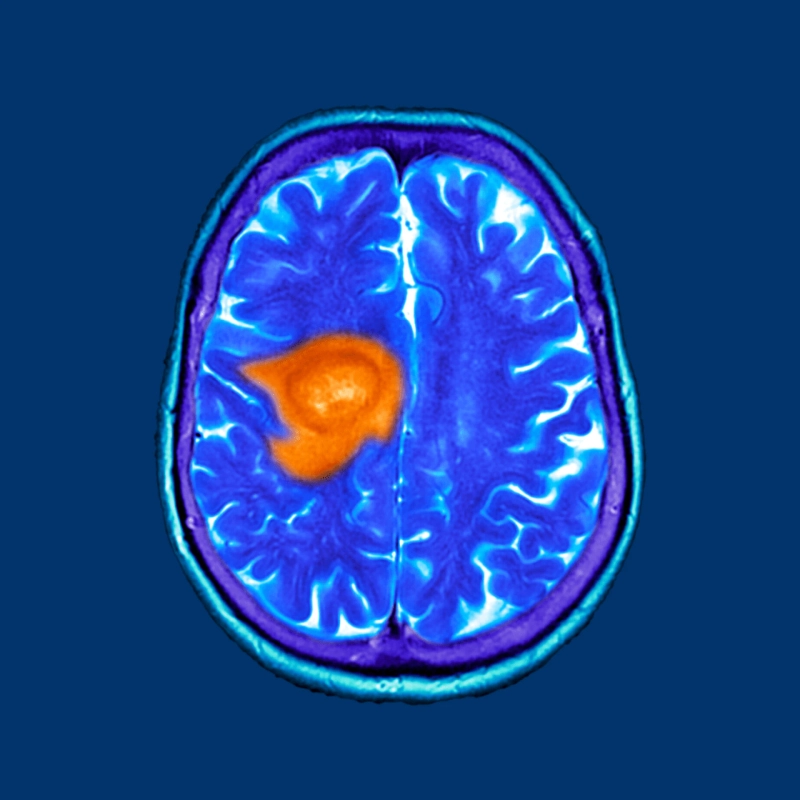In recent years, hyperbaric oxygen treatment for cancer has gained increasing attention as a supportive therapy that may enhance traditional cancer care. While it is not a cure for cancer on its own, researchers and clinicians have been investigating how this treatment could potentially improve patient outcomes, reduce side effects, and support overall wellness during cancer therapy.
What is Hyperbaric Oxygen Therapy?
Hyperbaric oxygen therapy (HBOT) involves breathing pure oxygen in a pressurized chamber. Under these conditions, the lungs can absorb more oxygen than normal, which is then distributed throughout the body by the bloodstream. This increase in oxygen saturation promotes healing, supports cell regeneration, and helps fight infection.
Traditionally, HBOT has been used to treat conditions such as decompression sickness, diabetic wounds, and radiation injuries. However, its potential role in oncology is now being explored in greater depth.
How Hyperbaric Oxygen Treatment May Help Cancer Patients
The idea behind hyperbaric oxygen treatment for cancer is that elevated oxygen levels may enhance the effectiveness of certain conventional treatments. Here are a few areas where HBOT shows promise:
- Improved Oxygenation of Tumors
- Many tumors exist in low-oxygen environments, known as hypoxia. This condition can make them more resistant to radiation therapy and certain chemotherapies. HBOT may increase oxygen delivery to these areas, potentially making cancer cells more vulnerable to treatment.
- Support for Radiation Damage
- Radiation therapy, while effective, can cause long-term damage to healthy tissues. Hyperbaric oxygen therapy has been shown to assist in repairing radiation-induced injuries, such as osteoradionecrosis (bone damage) and soft tissue necrosis.
- Enhanced Healing and Recovery
- Cancer treatments can weaken the body and slow down the healing process. By stimulating new blood vessel growth (angiogenesis) and supporting tissue repair, HBOT may accelerate recovery and improve quality of life.
- Potential Role in Reducing Side Effects
- Some studies suggest that hyperbaric oxygen therapy may help alleviate fatigue, pain, and inflammation often associated with cancer therapies. This makes it a supportive option for patients seeking better overall well-being.
Current Research and Limitations
While there is growing interest in hyperbaric oxygen treatment for cancer, research is still ongoing. Clinical trials are exploring whether HBOT can safely and effectively complement chemotherapy, immunotherapy, and radiation therapy.
It is important to note that HBOT is not a standalone cure. Some experts caution that in certain cases, elevated oxygen levels could stimulate tumor growth, though evidence remains inconclusive. This is why hyperbaric oxygen therapy should always be considered under the supervision of an oncologist or healthcare team.
Conclusion
Hyperbaric oxygen treatment for cancer represents a fascinating area of supportive care that may improve treatment effectiveness and patient recovery. While it is not yet a standard cancer therapy, its potential benefits in enhancing radiation response, repairing tissue damage, and promoting healing make it a subject of continued research.
For patients exploring integrative care options, discussing HBOT with a medical professional can provide clarity on whether this therapy is suitable as part of a comprehensive cancer treatment plan.


